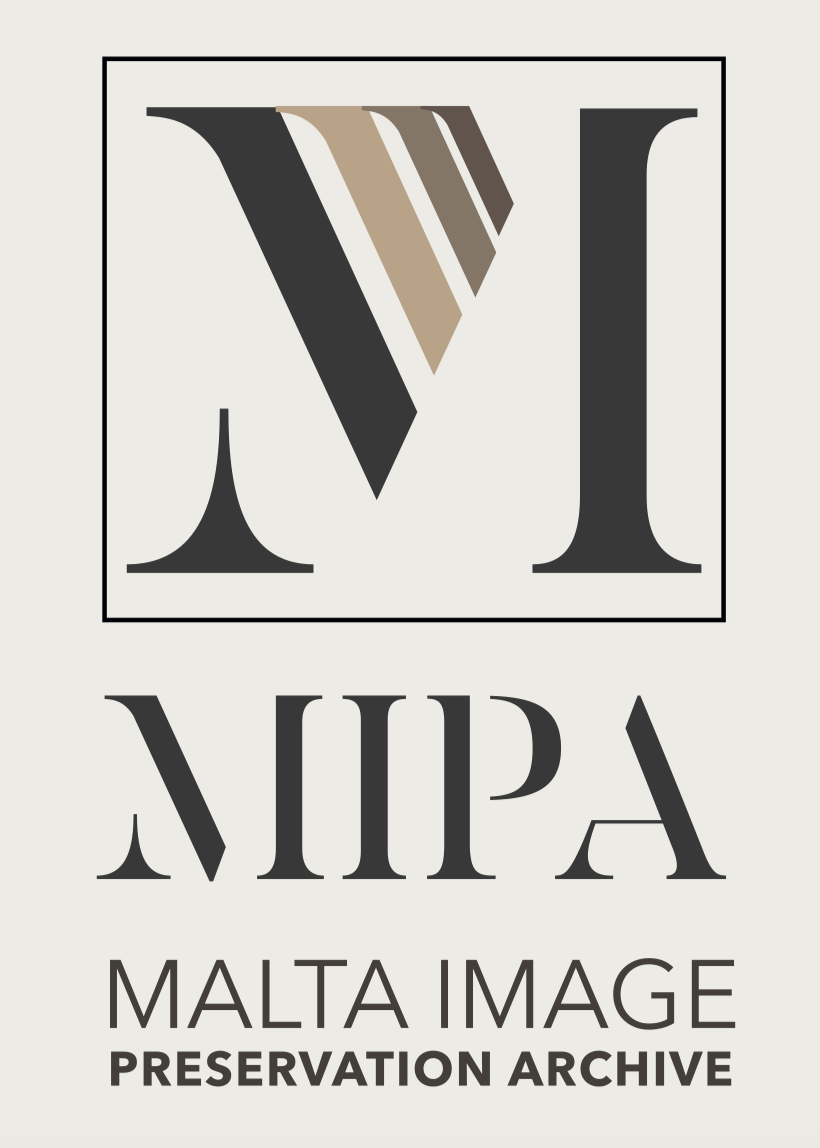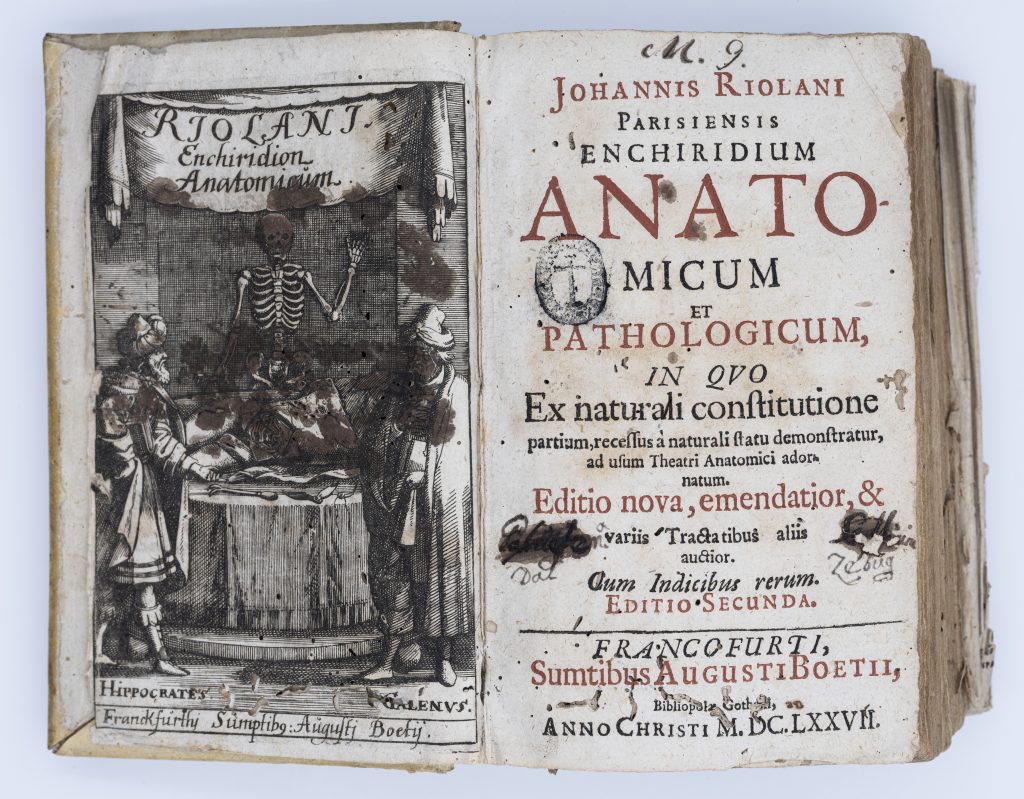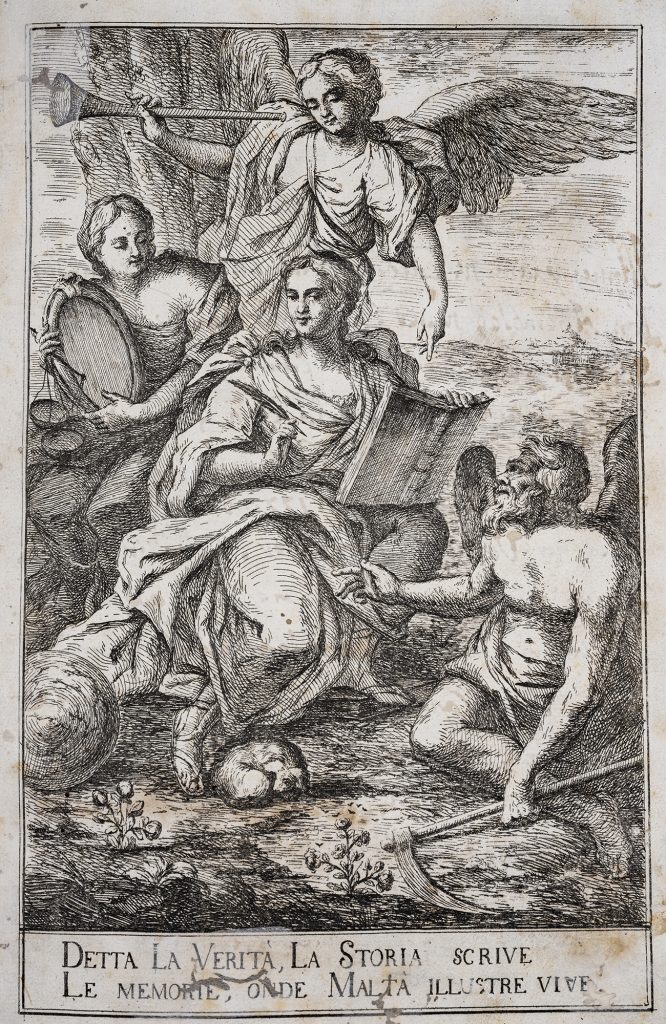Old archival photographic images of Malta & Gozo are highly appreciated and sought after by collectors and the general public, but the conservation and preservation of negatives and prints by the public and private collection owners, unfortunately, has not kept up with the pace of this genuine and all-encompassing interest.
Photographic negatives from the start of photography in the 1840s to 2000, with the advent of digital overshadowing the old film negatives, remain a vital and irreplaceable component of the cultural heritage of the Maltese Islands. They need to be preserved for posterity and research, in the face of ongoing destruction and disposal of under-appreciated photographic negatives and equipment.
Thus, the Malta Image Preservation Archive (MIPA) was founded in 2020 to fulfil this need, with the following aims:
- Physically conserve, restore and preserve all photographic collections and equipment pertaining to Malta & Gozo in a safe controlled environment to avoid further damage by humidity, temperature, light exposure and pests.
- Digitize all photographic collections to the strictest cultural heritage preservation standards. MIPA is the only FADGI [1], METAMORFOZE [2] and ISO 19264 [3]compliant cultural heritage digitization hub in Malta, using the most sophisticated and state-of-the-art digitization equipment available, on a par with professional photographic cultural heritage preservation institutions and museums worldwide.
- Ensure access to all digitized material in an online catalogue, so that the photographic material is publicly searchable and available for research purposes, both by collection and keywords.
- Records of contracts for image donations will be maintained in order to credit donors and collaborators whenever images are used.


